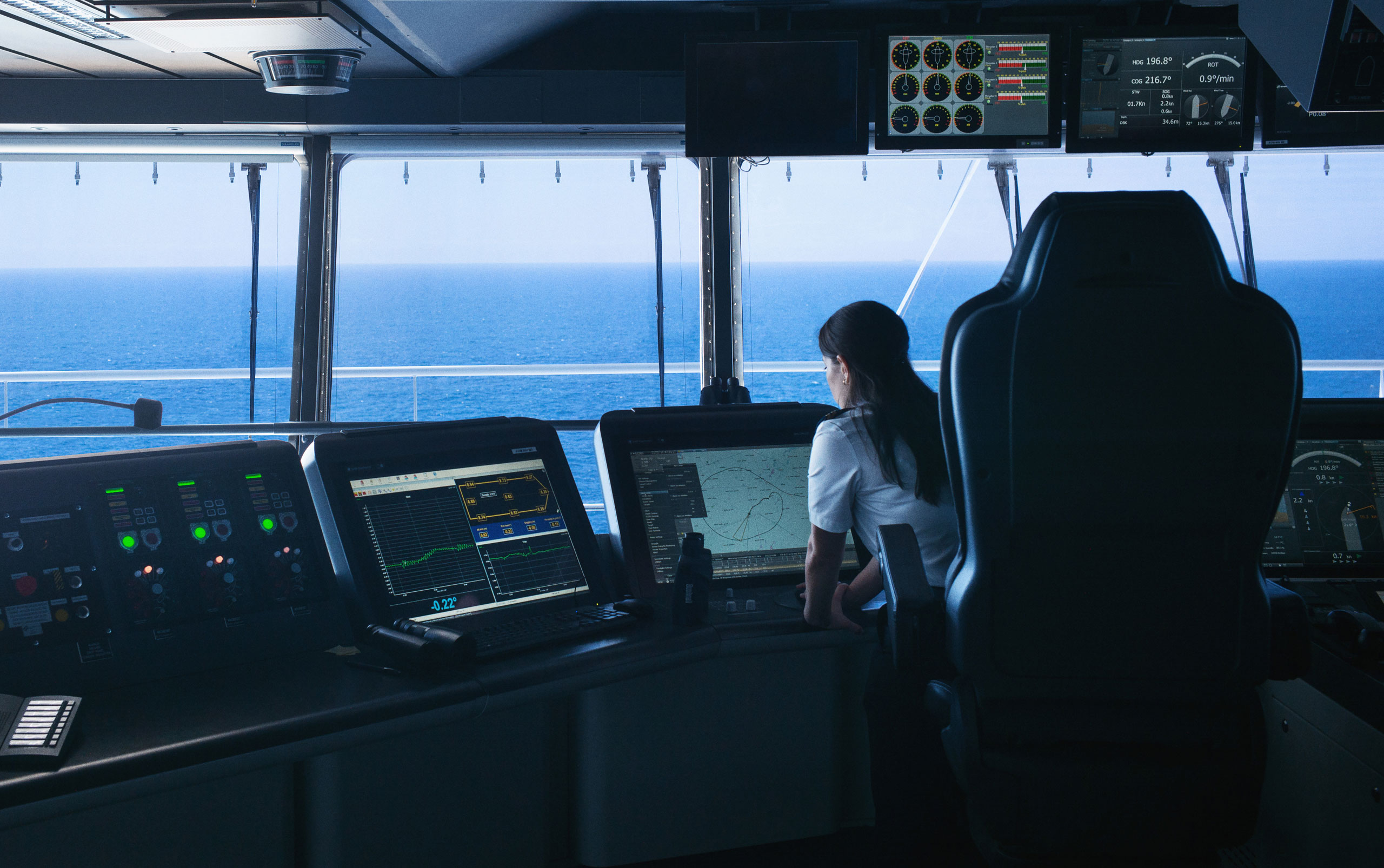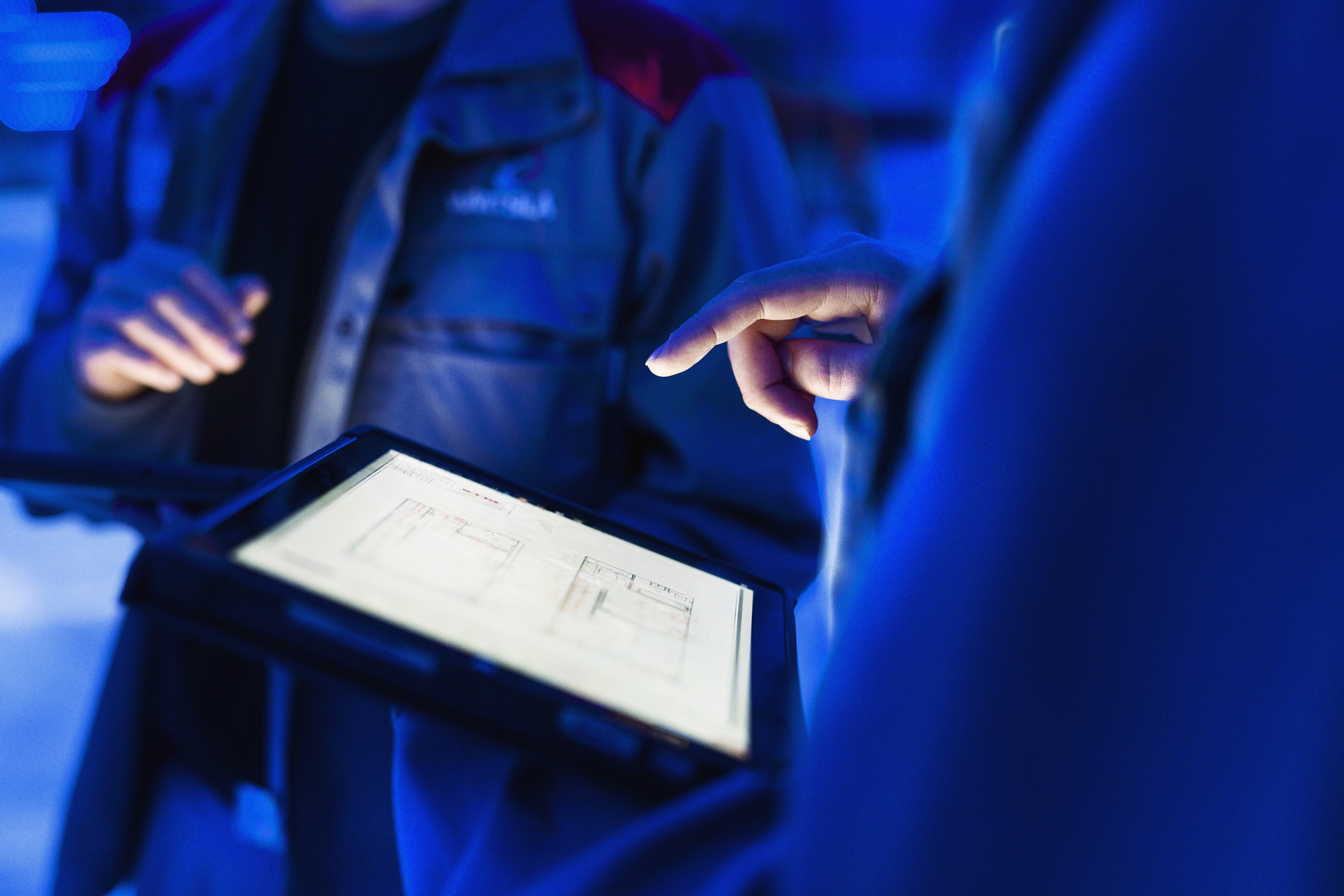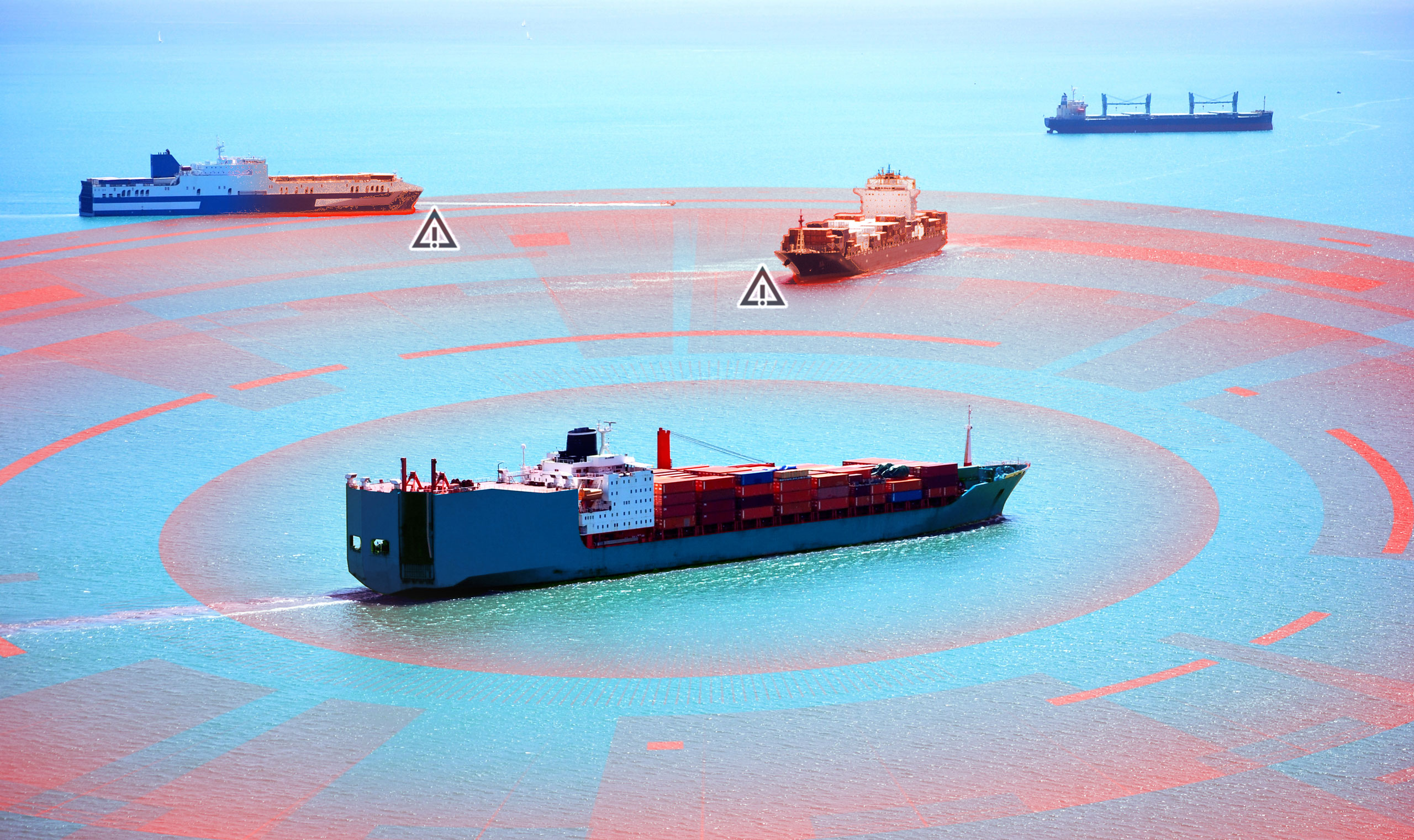In maritime, data platforms bring a crucial component to the bridge that offers multiple, tangible benefits
1
Compliance and futureproofing
New regulation is never far off the horizon in shipping, and today we’re looking ahead to CII and EEXI regulation that enters into force in 2023; both of which will kickstart long-lasting change within the industry.
While there are tools that help with calculating and submitting a CII rating, simply complying isn’t enough. For some vessels, CII could require substantial corrective action—and, depending on industry reaction, a vessel’s rating could effectively become its “licence to trade”.
The seriousness of CII means that owners and operators need ways to make informed decisions to quickly and cost-effectively improve CII ratings in the short term, whilst also keeping a long-term view in mind ahead of the 2025 revision to the scale. Add on the inclusion of shipping into the EU’s Emissions Trading Scheme, alongside whatever else the IMO decides to do to nudge the industry to meet its own targets, and it’s clear that monitoring and altering environmental performance within the global fleet will only become more complex.
So, in the battle to decarbonise, data can be a huge ally, allowing proactive decision-making in alignment with compliance goals—and not at the expense of commercial ones.
2
Transparency and accountability
Data platforms unite multiple sources of information for the most accurate representation of the facts in any given situation, whether that’s emissions monitoring, performance monitoring or weather data. Understanding and being aware of your data sources and their quality gives you a window into every area of your vessel, supply chain and team.
This is also a key lever when considering ESG, as all shipping companies now must, with their governance competencies being rated based on the transparency and accountability score of an organisation’s management, operations and processes.
Meanwhile, as shipping becomes more interconnected within the global supply chain, and shipping companies realise their true roles as holistic logistics providers, transparency with counterparties and integrating with wider processes and procedures at ports, and with freight forwarders and service providers, will be essential. Standardised and shared data will go beyond a “nice to have” and will instead become business-critical as these forces tighten their grip on how the industry operates.
Data can be a huge ally
3
Timely decisions for optimum operations
No day is ever the same at sea. The changing world that we live in, including regulatory compliance, sanctions and frequently fluctuating fuel costs demands decision-making that can keep pace.
Unlike manual processes, data remains responsive to change—so if the priority for a vessel one week is boosting CII or ensuring it gets to port on time, but the next week the priority becomes fuel savings, it’s critical that owners, operators and managers are able to take action accordingly and leverage data whilst it’s relevant.
As shipping becomes more used to data-based decision-making, this way of working will become increasingly commonplace. What’s most important is that data can be shaped and deployed to always support commercial goals; if maintaining a “C” CII rating is important for one vessel to not breach charter party agreements, it’s critical that data can be used in service of that aim.
Meanwhile, if the rest of the fleet is more focused on fuel efficiency or just‑in‑time arrivals, it’s vital that the same data can be used to make decisions based on those lines. We’re now at the point where software can make these trade-offs and decisions not only possible, but commonplace.

4
Ability to track iterative change
As shipping and the wider world realises the shipping industry’s central role within the global supply chain, it is also becoming considerably more sophisticated in how it measures progress. After all, one of the five steps of decision-making is reviewing and evaluating decisions.
For example, owners, operators and managers may want to assess fuel performance over time and identify where there are latent opportunities for improvement. On the other hand, data could be deployed to see which vessels are suited to clean technologies depending on their historic performance over a year. And most importantly of all, data will be a key tool in measuring iterative jumps or changes in environmental progress, both for CII compliance, but also for the industry’s wider decarbonisation aims.
5
Feedback loops support shipping’s data evolution
Data-based decision-making must include a feedback loop: with both platform and users becoming smarter and making progress towards their goals iteratively and over time.
Happily for the sector, this is a one way journey: the more data that platforms have and the more that people become skilled at asking the right questions in the right way, the better their recommendations become and the greater the quality of the data overall. This “rolling stone” has already been pushed down the hill; it’s up to the industry to tap into this iteratively improving feedback loop.




